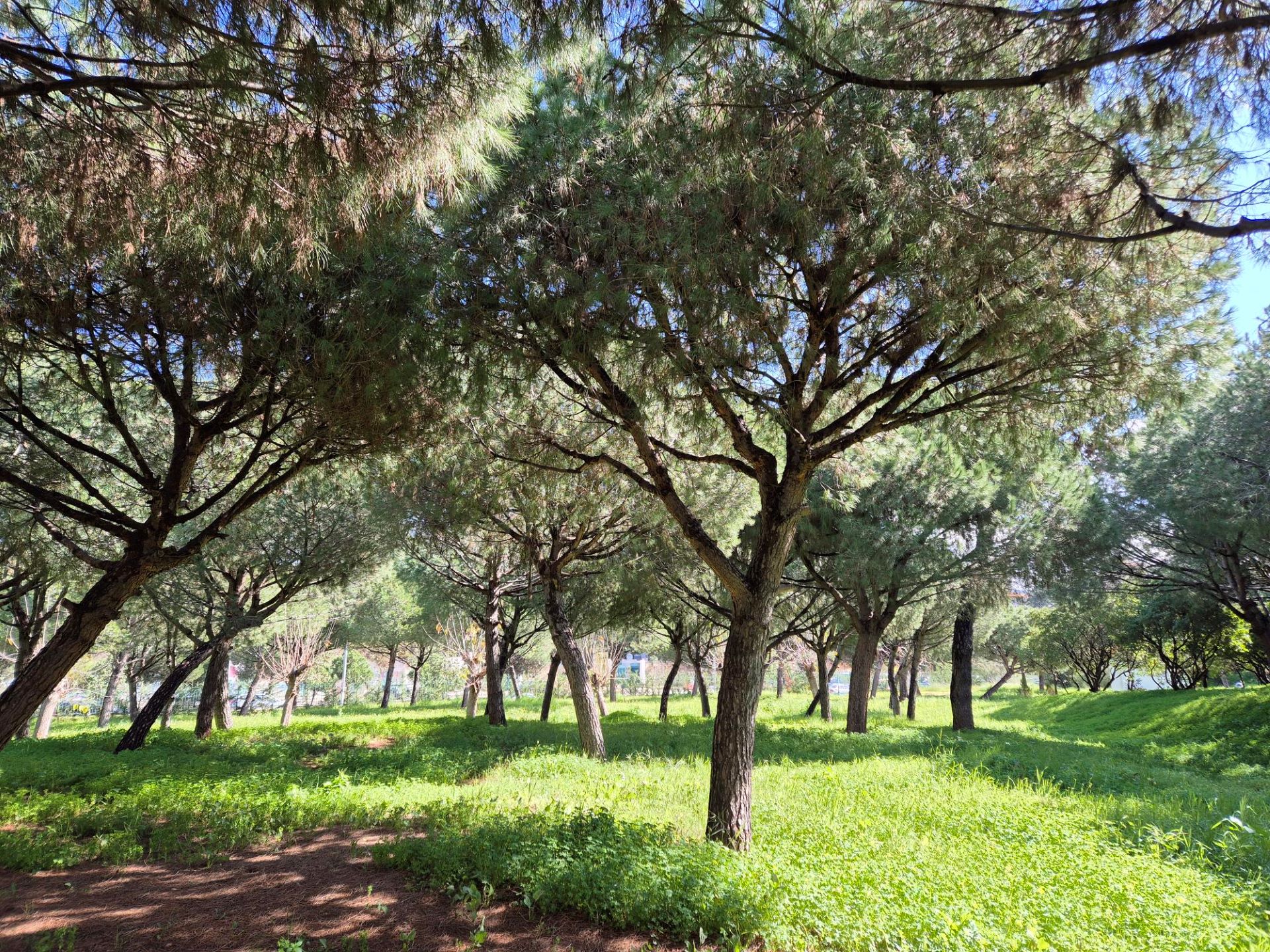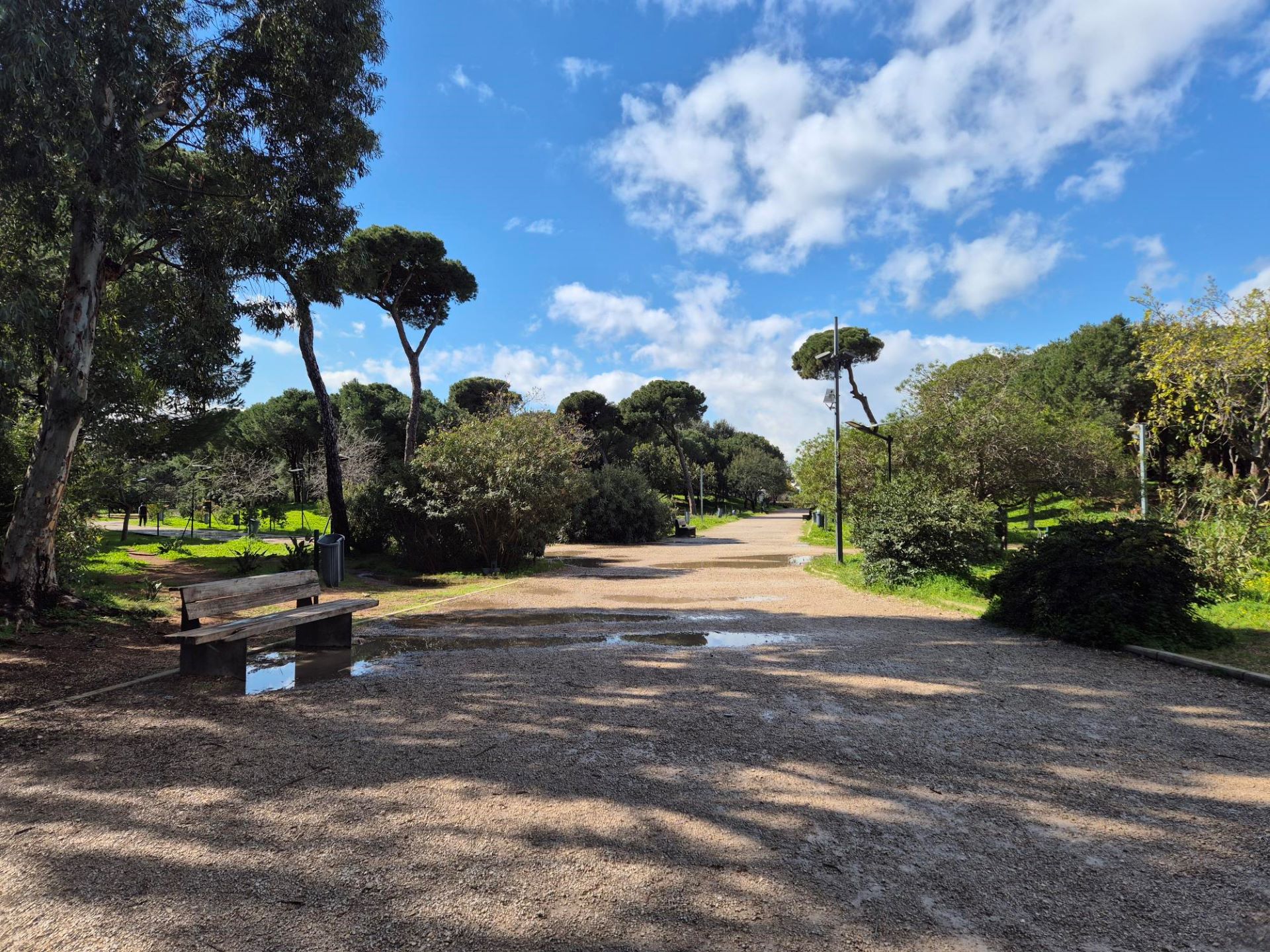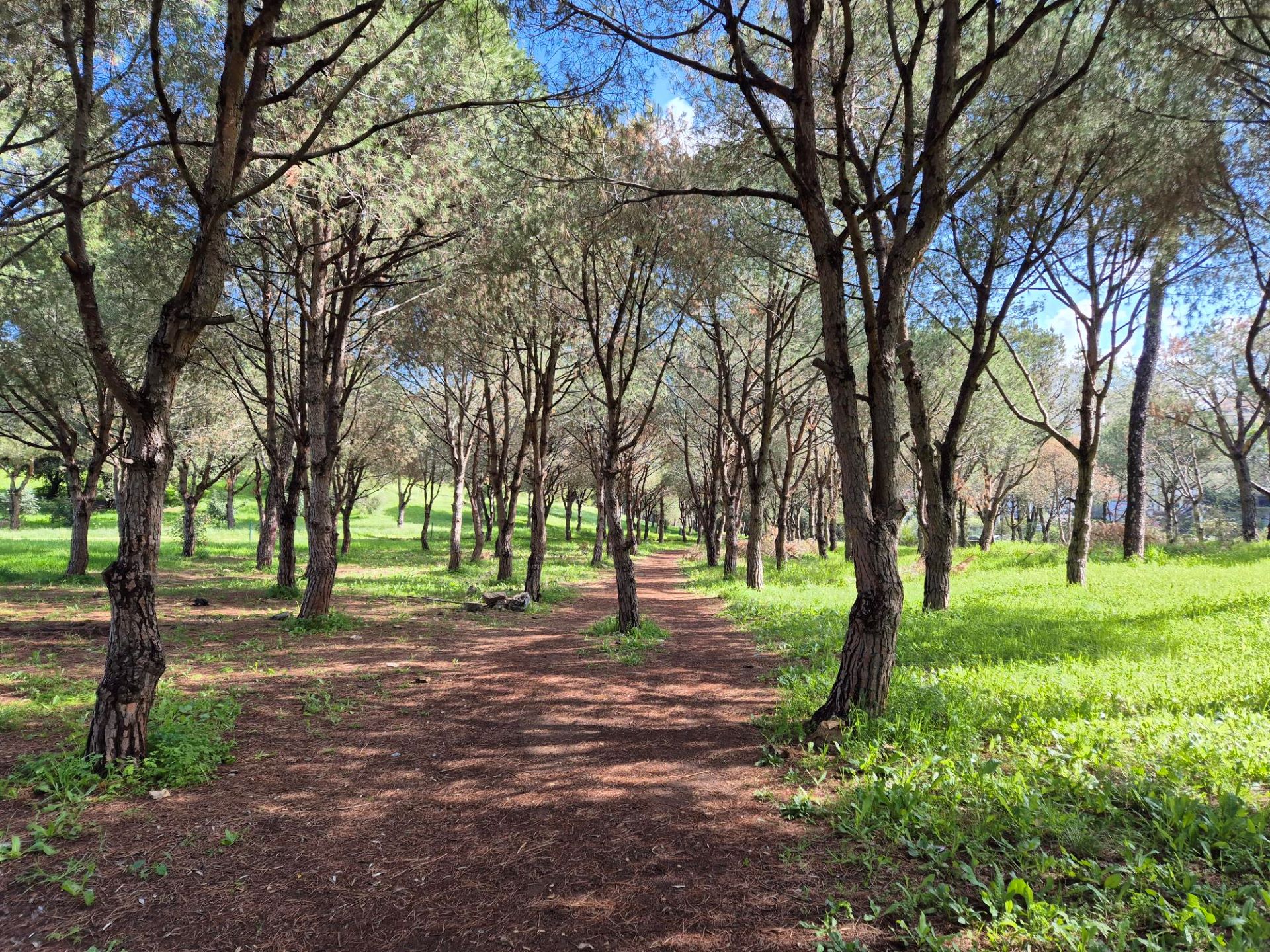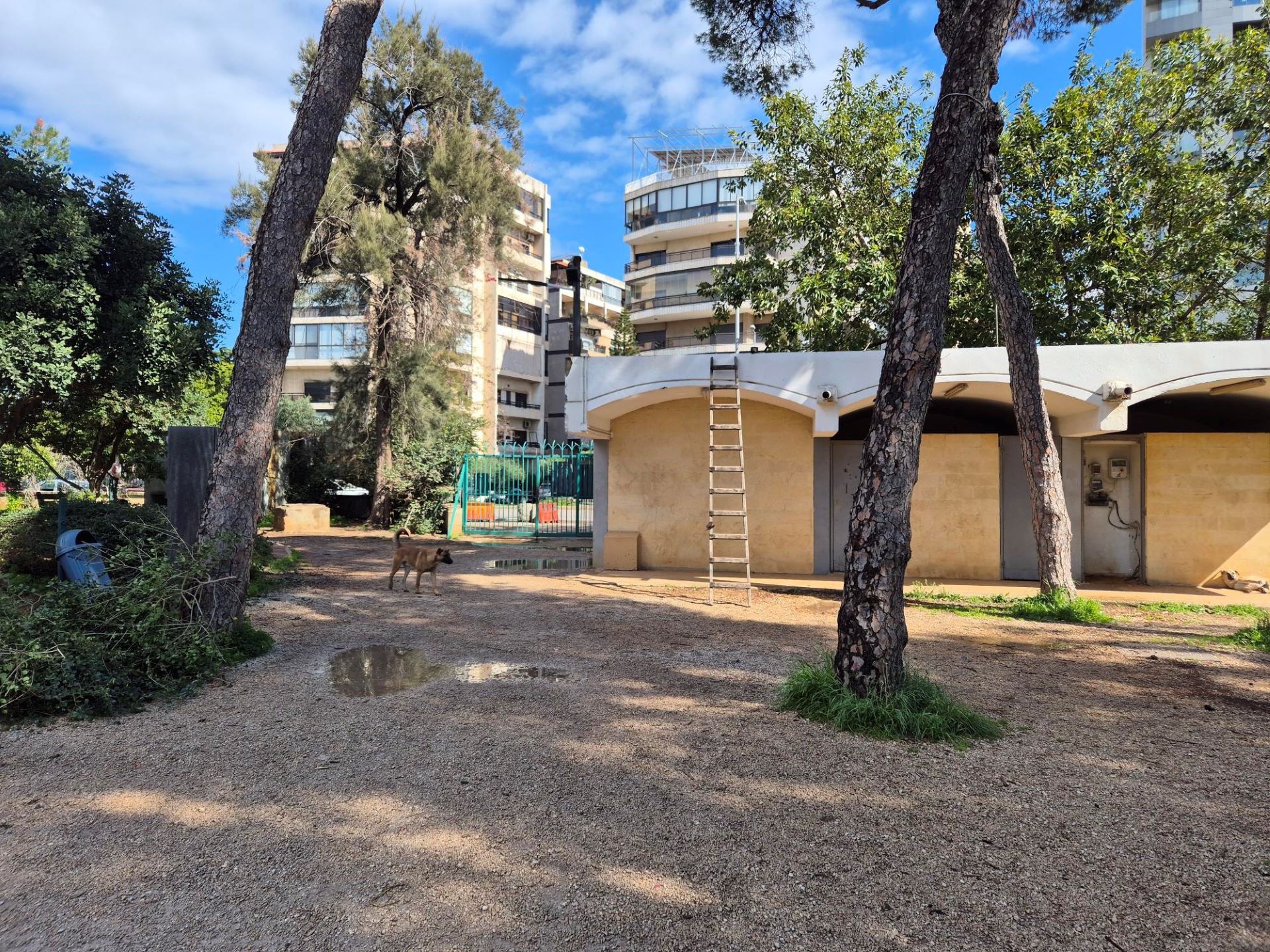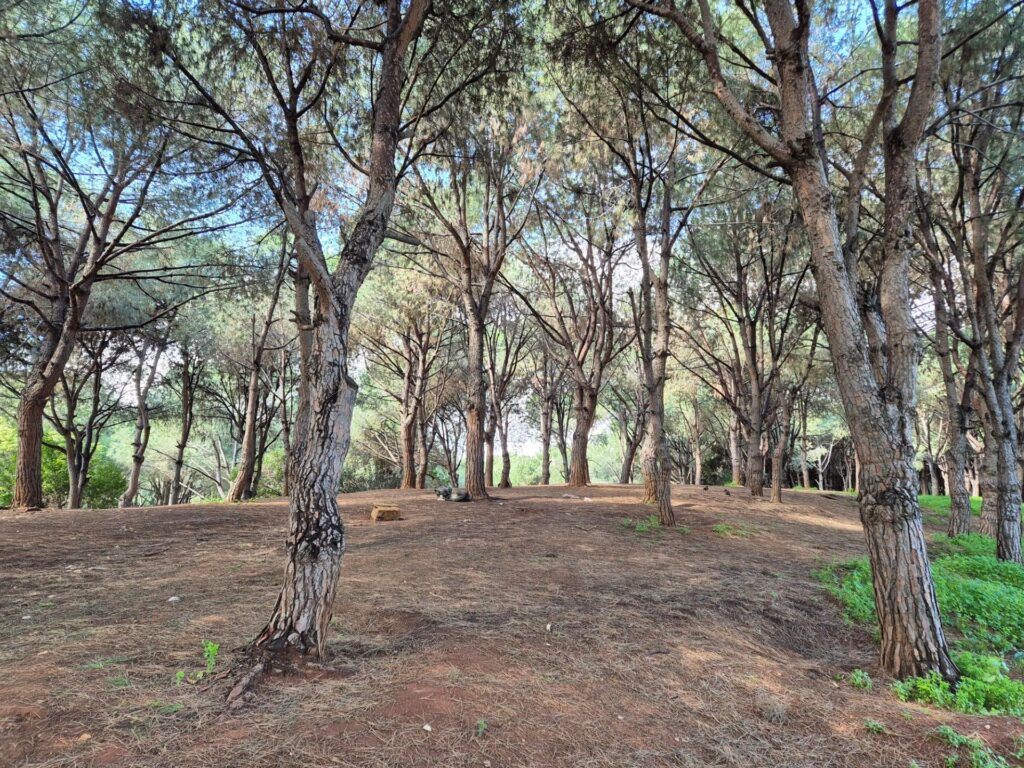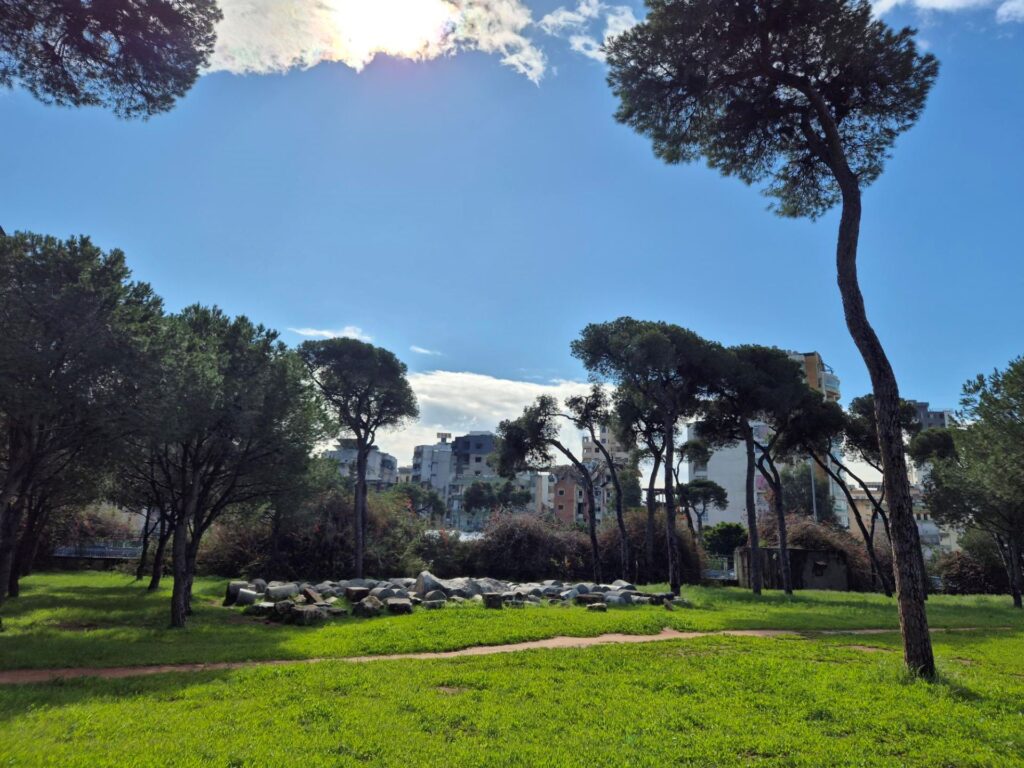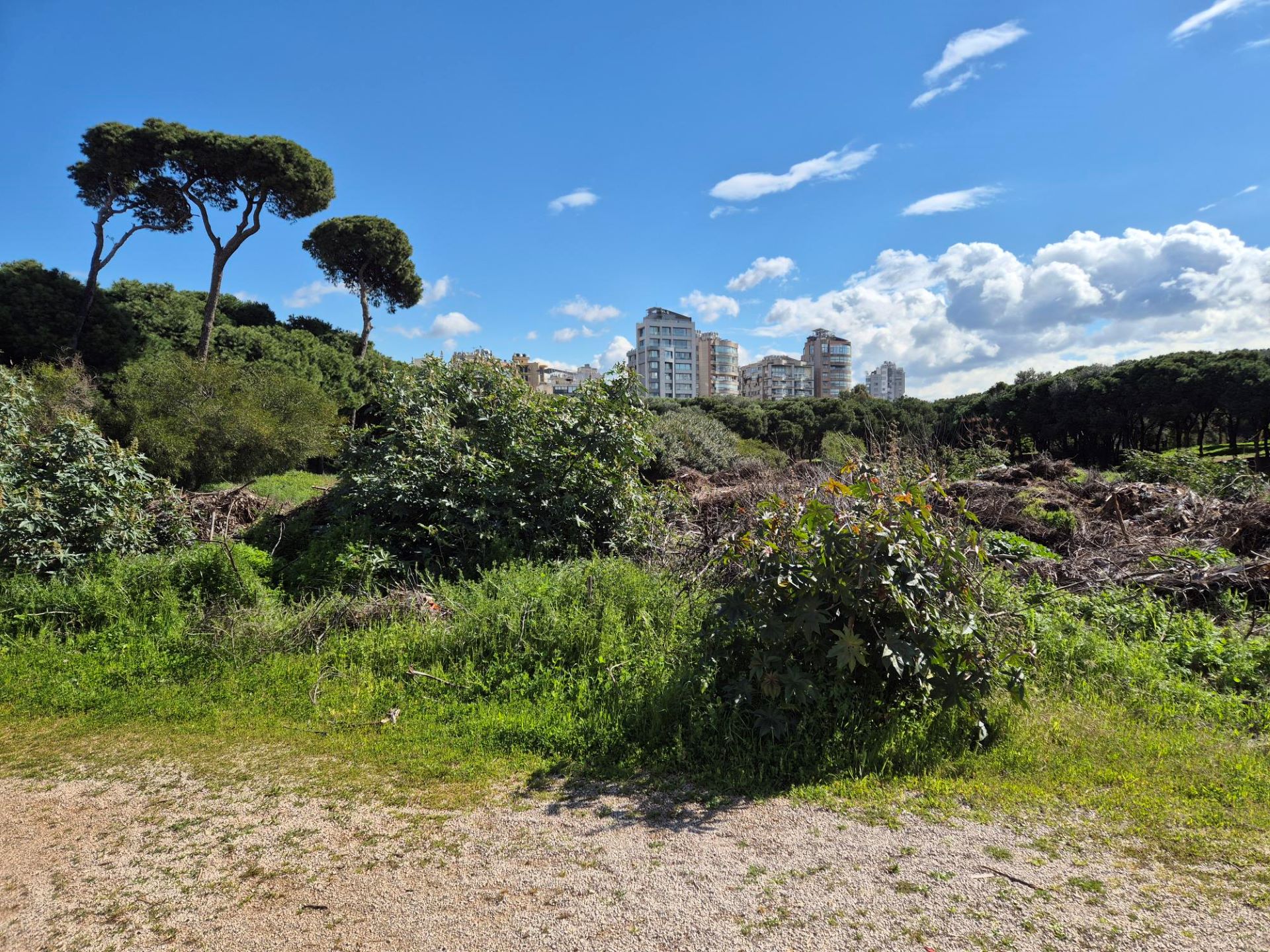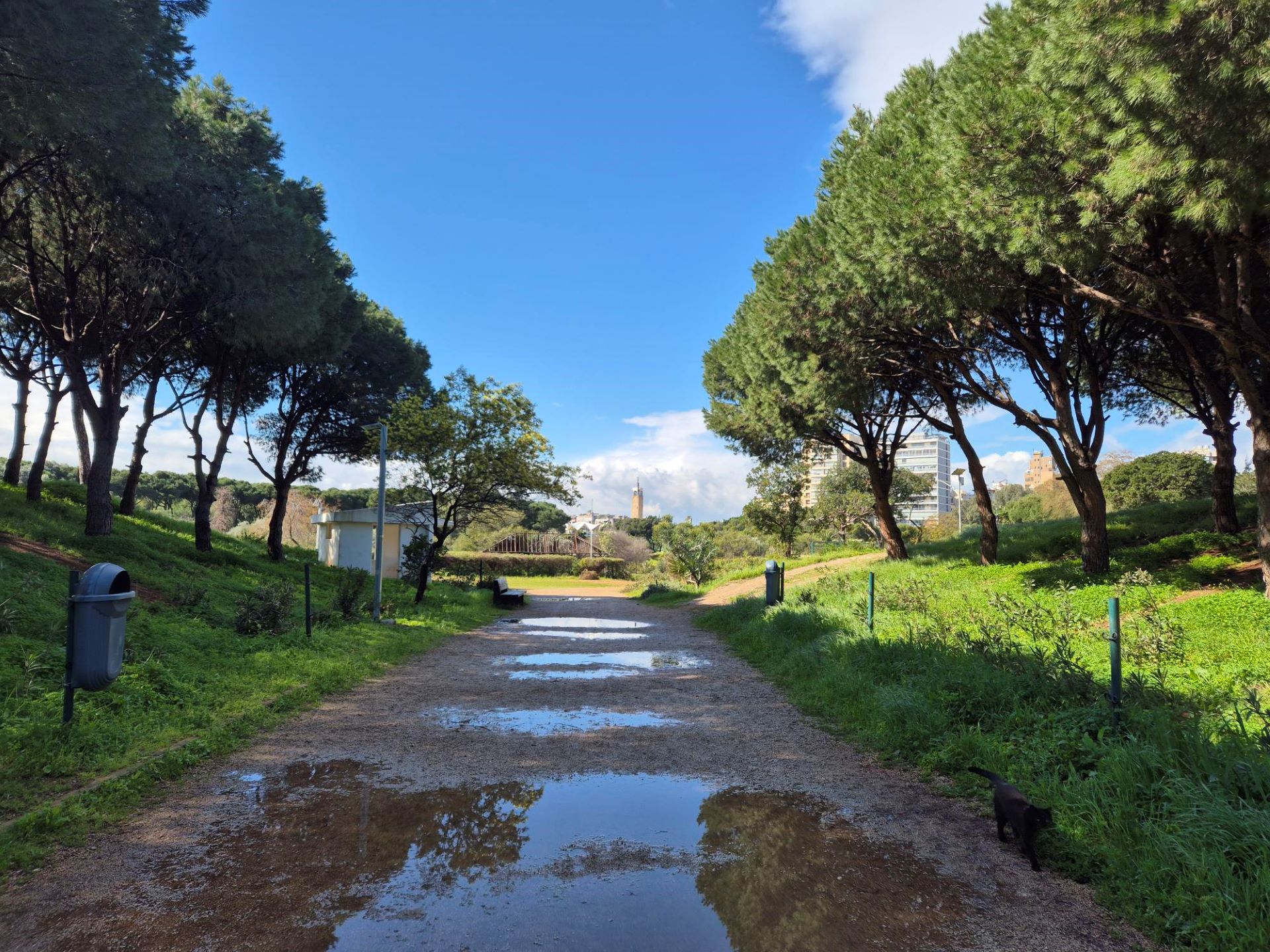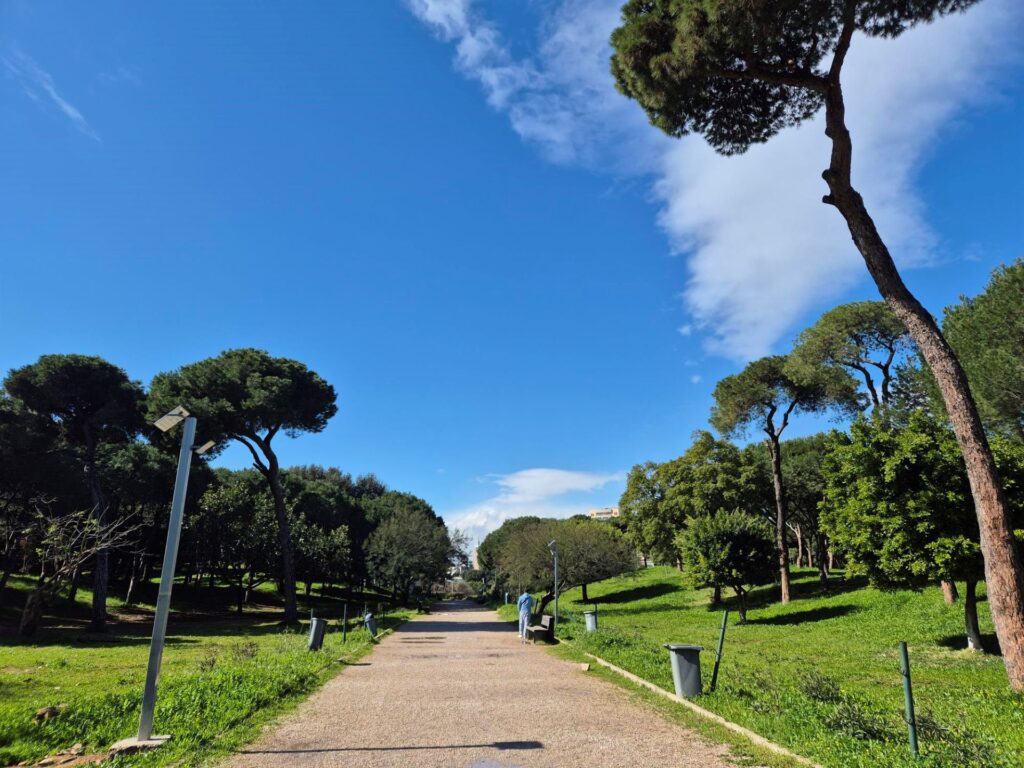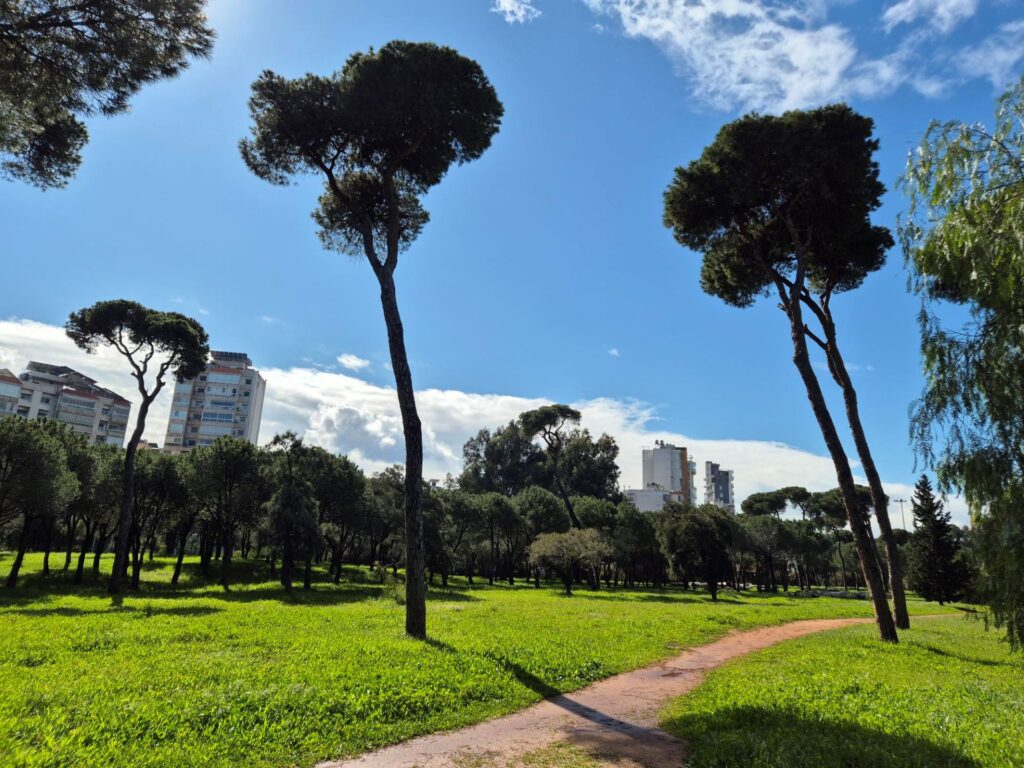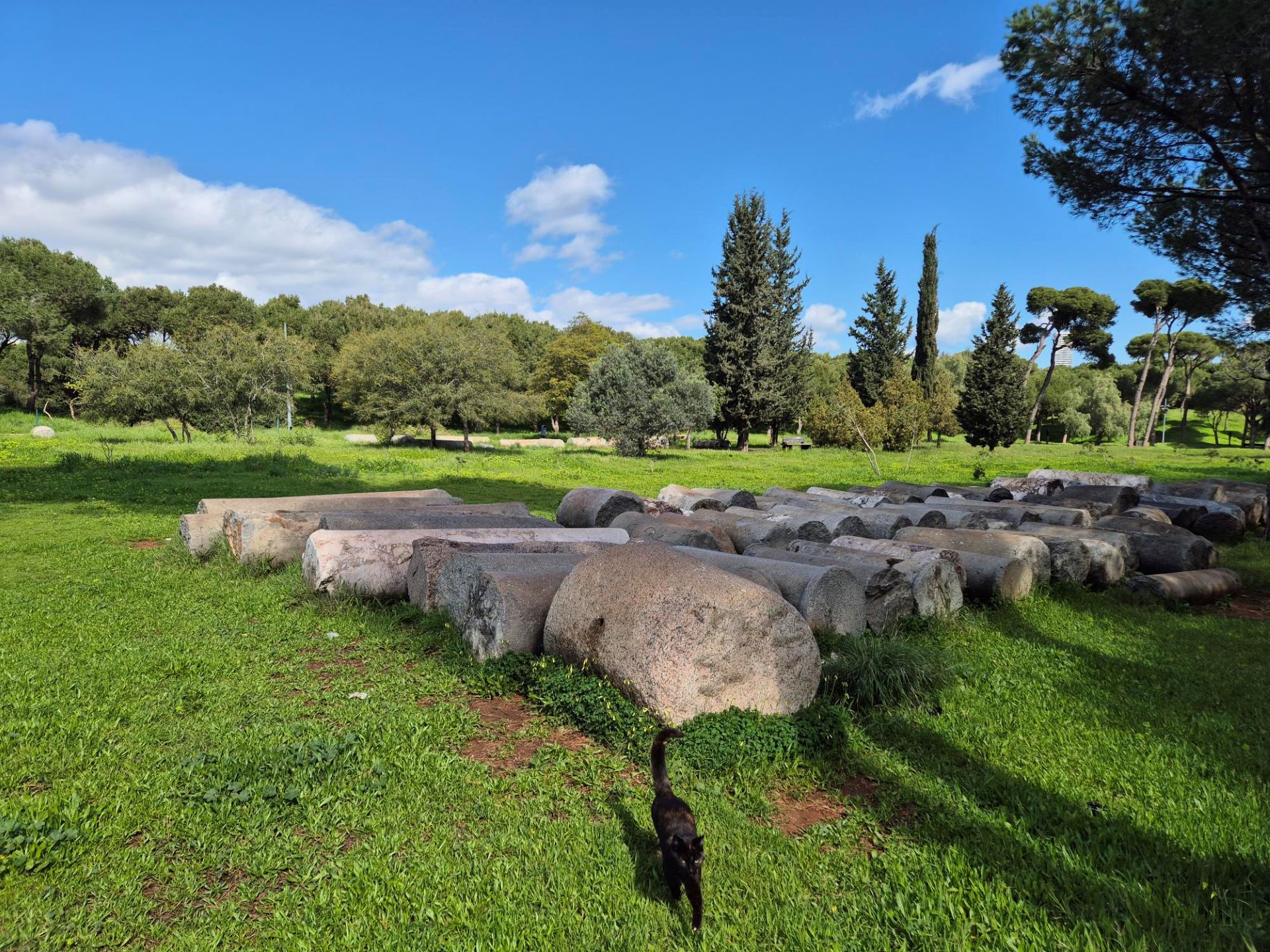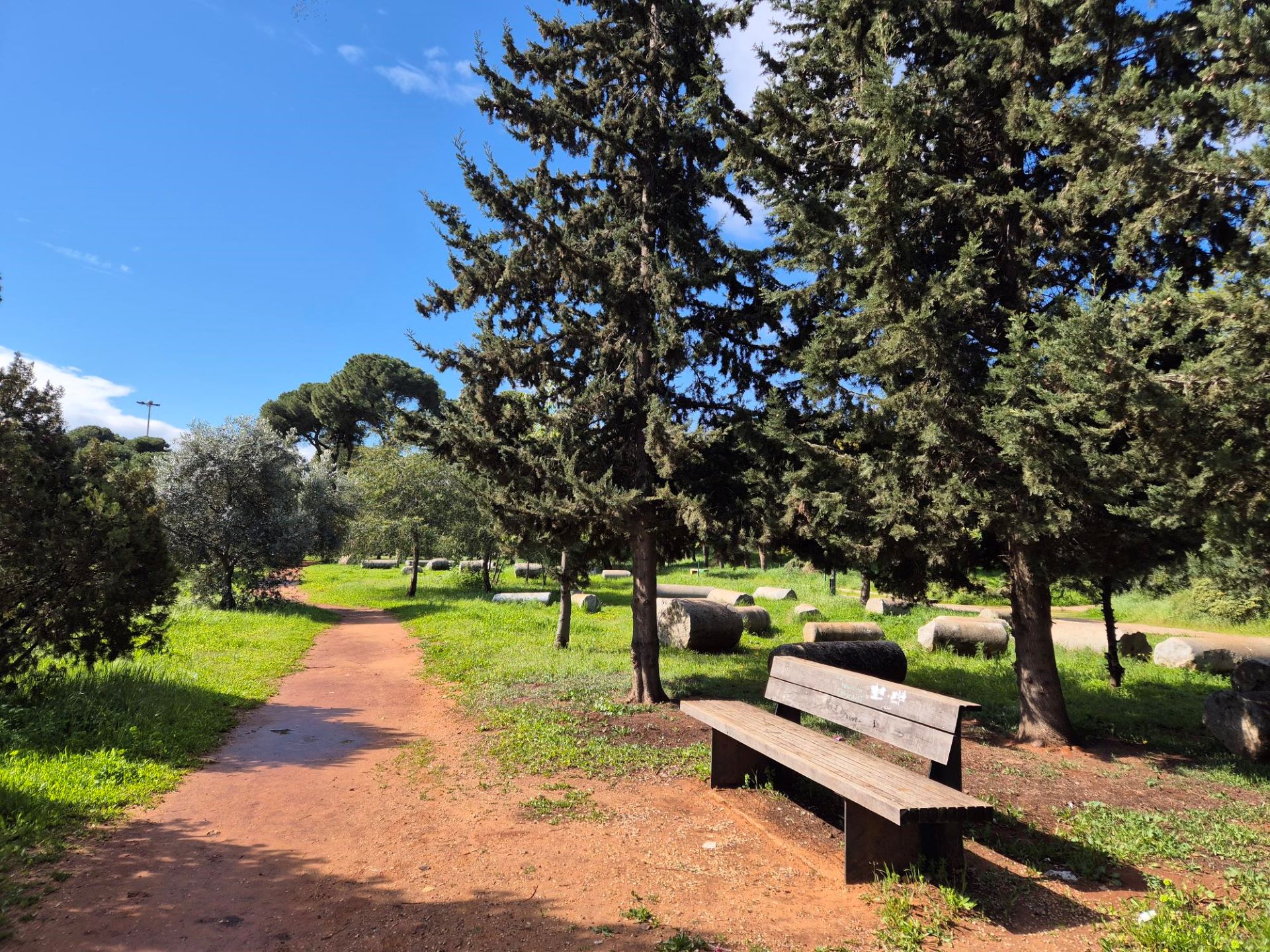Beirut’s Pine Forest, or Horsh Beirut, is the largest public green space in the capital.
Originally a more natural forest adjacent to the growing city of Beirut in the early 17th century during the Ottoman period, it once covered 1.2 million square meters. In the 1960s, the forest was fenced off and declared a “public park.” However, much of it was destroyed during the Israeli invasion of 1982.
Today, the Horsh spans 0.3 square kilometers and connects several diverse residential neighborhoods, including Shiah, Ghobayri, Tariq El Jdeedeh, and Badaro. The park remained closed to the public from 1982 until 2015, but today it serves as an open public space, home to a variety of trees and plants, providing a habitat for local wildlife. Within the Horsh you can find many Roman columns lying in the grass, remnants of the many archeological digs that took place around Beirut between 1993 and 1997. Today, the Horsh remains a contested space, with some wanting to close it off to people and others trying to improve its badly maintained infrastructure to make it more accessible to the public.
Read more on AMWAJ Tayyarat about the Beirut Horsh by Nour Nahhas.
